Matcha powder is a type of green tea powder produced in Japan. Matcha preparation involves covering the tea bushes several weeks before the harvesting period to avoid exposure to sunlight. As a result of the lack of sunlight, tea leaves turn dark green and start producing large quantities of the amino acid theanine.
Theanine is responsible for many of the beneficial effects of matcha green tea powder. Matcha powder is used in Japan to prepare high-quality green tea that is consumed in traditional Japanese tea ceremonies, but this nutrient-rich powder, along with other types of green tea powder, can also be used for cooking and baking. This article aims to provide creative ideas on what to do with matcha powder (and green tea powder in general) and tips on how to use matcha successfully in the kitchen.
Prepare Matcha Green Tea Milk
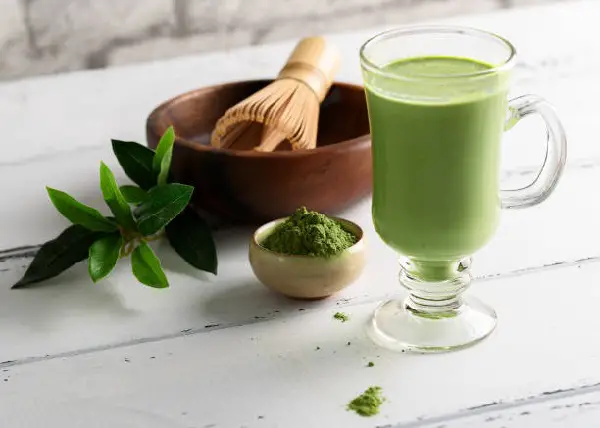
Here’s a simple recipe for a delicious matcha green tea latte that you can enjoy as a refreshing treat during the hot summer months or as a warming treat during the winter months when temperatures drop below freezing. To make one large cup of matcha milk, place 1/2 teaspoon of matcha powder in a small bowl, then add a few tablespoons of hot water and up to 2 teaspoons of honey or agave nectar, depending on your taste.
Stir with a small whisk until smooth. Add more warm water, about 1/3 cup. Set the bowl aside for a moment and fill a large cup with 1 cup of heated milk or soy milk. Add the water and matcha mixture to the heated milk. If you are making an iced matcha green tea latte, add ice cubes to the mixture. For hot matcha latte, top off your drink with some milk froth with matcha powder.
Go for a bowl of porridge with Matcha powder
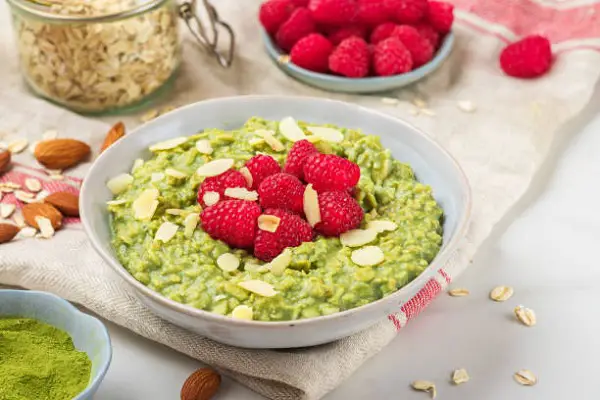
Oatmeal with Matcha might not be the most famous recipe using matcha powder, but it’s certainly one of the most creative ways to use matcha. Of course, you can also use matcha to add a healthy touch to other types of porridge such as with cornmeal (polenta) or millet porridge. To add an aesthetic touch to your matcha porridge, use sliced bananas or strawberries as a garnish.
Add matcha powder to light-colored soups and purees
You can also add matcha powder to soups and purees. Light-colored soups and purees – such as those made with parsnips, turnips or sunchokes (Jerusalem artichokes) – will have a beautiful green hue if you add a little matcha powder to the dish during the cooking process
Make your own Cha Soba Noodles
In Japan, green tea powder is commonly added to buckwheat noodles (soba noodles) to make what the Japanese call cha soba noodles. Cha noba noodles are available in many Asian markets and specialty stores in Western countries, but you can also make your own green tea noodles or pasta. Just substitute some flour for the noodles or paste with matcha or other green tea powder. The ratio of 1 heaping teaspoon of matcha powder for every 100 grams of flour usually works well.
Turn matcha tea into elegant ice cubes
A great way to use extra matcha tea is to turn it into ice cubes. Simply fill an ice cube tray halfway with the iced tea and place the tray in the freezer. Once the tea is frozen, remove the tray from the freezer and gently rotate it to get the matcha ice cubes out. You can use the matcha green tea ice cubes to make cocktails, lemonade and sparkling water.
Use matcha powder in your favorite smoothie
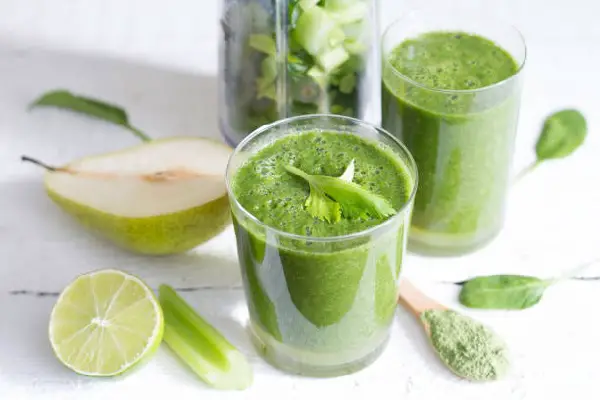
Macha powder is a great addition to smoothies, and a healthy smoothie is one of the best ways to get your daily dose of fruits and vegetables. To make an enriched matcha smoothie, put 1 teaspoon of matcha powder in a cup, then add some hot water. Whisk the mixture with a bamboo whisk in a zigzag motion until it forms a smooth paste. Add the paste to your favorite smoothie and blend well.
Make a cup of traditional Matcha tea
Last but not least, you can use matcha green tea powder to make a traditional green tea drink used in Japanese tea ceremonies. Here’s how: first, put a little less than 1 teaspoon of matcha powder into a pre-warmed bowl. Then, add about 1/4 cup (60 ml) of 175°F (80°C) hot water. Quickly whisk the mixture in a back and forth motion using a chasen, a traditional bamboo matcha whisk. Once a foam forms on the surface, stop whisking; your matcha tea is ready to drink. Note: metal whips and other kitchen utensils may not be able to create enough foam.
FAQ:
If you want to take full advantage of the health benefits that come hand-in-hand with matcha green tea, it is best for your body if you drink as little sugar and honey in a cup at once.
Matcha is one of the most popular types of teas in Japan. It’s so good for you that nutritionists recommend drinking 1-2 cups a day using 1/2 to 3/4 tsp of matcha powder per cup! There are different ways to drink matcha, but usually, it involves mixing powdered tea leaves with hot water and whisking until frothy before adding optional ingredients such as milk or honey.
Matcha is a type of green tea that contains both beneficial and harmful substances. Consuming more than 2 cups (474 ml) per day can lead to negative side effects such as stomach upset, headaches, increased heart rate, or tremors in the hands.
Morning. Getting up and making Matcha for breakfast is a great start to the day. It’s also perfect if you’re already feeling sluggish before work or school starts since it provides an excellent caffeine boost that will help keep your mind clear all morning long, especially when paired with some balance-boosting foods like eggs!
Matcha helps your body release toxins by stimulating the gastrointestinal tract and aiding in digestion. This is why drinking it can help you poop!
Matcha has been touted as a health drink, but it’s not all good. Drinking too much of this green tea can lead to headaches and insomnia. This isn’t the only problem-matcha contains caffeine which may also cause diarrhea or heartburn in excessive amounts
Japanese tradition says that making a delicious cup of green tea starts with the best leaves. Genuine Matcha does not come cheap because it takes considerable time and labor to make, but when you experience its rich flavor in your mouth for the first time, nothing tastes as great as it should!
Drinking Matcha tea on an empty stomach can lead to negative effects like nausea and discomfort. Drinking it at the same time as your meals is not recommended because of reduced absorption rates for vitamins, leading to a condition called Beriberi.
Matcha is full of antioxidants which are known to be great for the skin. This nutrient-rich drink has been shown to help stimulate microcirculation in the body, especially when consumed with a healthy diet and lifestyle choices that will promote radiant + glowing skin!
Matcha is a popular Japanese tea, but does it hold up to coffee? One cup of matcha has as many antioxidants as 10 cups of brewed green tea and far more than that in your morning joe. But not all teas are created equal–matcha contains catechins which have been linked with improved ageing and cancer fighting properties!
Matcha is an ancient Japanese tea that has become popular for its high antioxidant content. Matcha contains a potent catechin, epigallocatechin gallate (EGCG), which gives it 137 times the power of antioxidants as lower grade green teas and 3x more than other good quality varieties.
How can you tell good quality matcha from bad? If the powder is a creamy shade of green and has no visible bugs, then it’s probably high quality. Low-grade matchas are more likely to be yellow or brown in color because they use less expensive tea leaves that have been ground up with other greens like spinach for flavor enhancement. They also tend to contain additives such as sugar or artificial sweeteners which will give them an unpleasant taste if left unflavored.
Drink your green tea whichever way you prefer. Some people like their matcha with milk and sugar, while others enjoy the luxury of a piping-hot cup that wakes them up in the morning. In either case, heat does not destroy any nutrients – unlike most foods that have been cooked for too long! Drink it both ways and experience all its benefits; we recommend making some with hot water (to release L-theanine) then cooling off by adding ice cubes afterwards.
Matcha is a deliciously healthy drink, but it can be hard to get the hang of drinking without milk. Thankfully there are easy instructions you can utilize and follow for some tasty matcha!
1.Fill glass with ice and 3/4 cup cold water.
2.In a cocktail shaker, pour in remaining 1/4 cup water and then matcha. Close lid and shake vigorously for 10-20 seconds.
3.Pour matcha into the ice water glass and stir well before drinking.
Most people start to feel the effects of matcha green tea within minutes of consuming it. The benefits of matcha can be noticed for as long as 2 to 6 hours.
Matcha has several natural compounds that can deliver benefits for sleep. The anxiety and stress-reducing capabilities of L-theanine make matcha a sleep-friendly, sleep-promoting dietary supplement. L-theanine reduces levels of cortisol, a stimulating hormone that is part of the body’s stress response
The first school of thought advises against drinking Matcha at night as the caffeine content can keep you awake. Caffeine resets your body clock by preventing a rise in melatonin levels, the main sleep hormone.
Green tea is a good low calorie drink and if you’re happy with that, there’s no need to search for matcha. “But if you do fancy something a bit different, and if you’re having matcha that’s not got added sugar or calories, it can be a far better choice than your sugary soft drinks.
With matcha, you actually dissolve the powder in water (or milk) and thus drink the actual leaves. Because it’s in powder form it can easily be added when cooking or baking. It’s often used in chocolate, ice cream, cake or even in smoothies. Traditionally, matcha is being used in the Japanese tea ceremony.
It Will Make You Look Younger. Matcha is loaded with antioxidants — specifically catechin, which can strengthen body cells and help prevent aging.

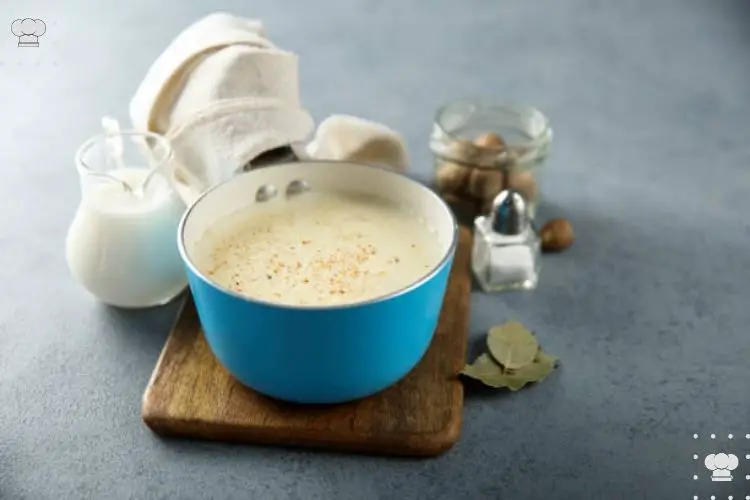
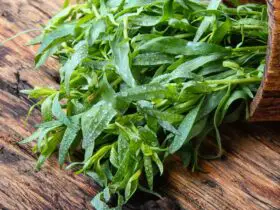
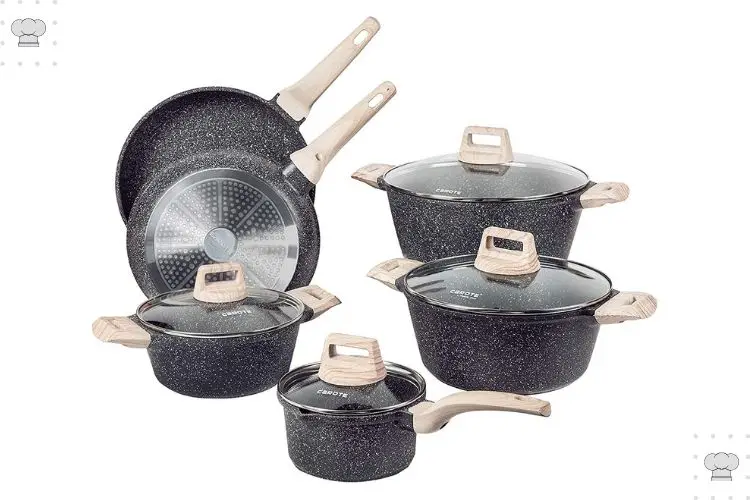
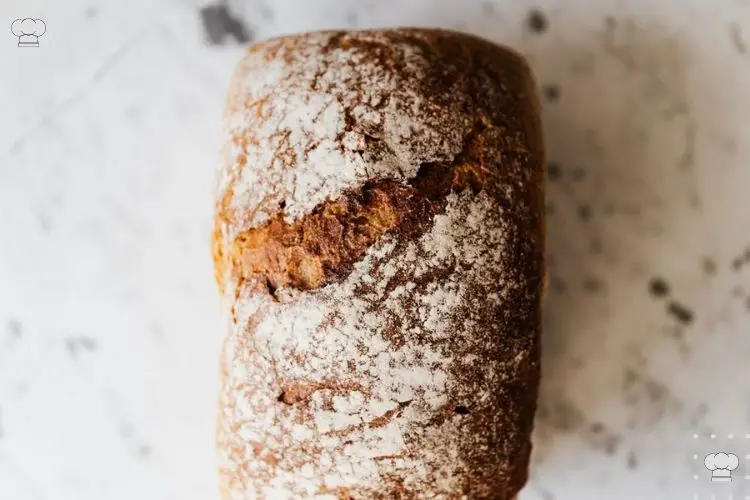
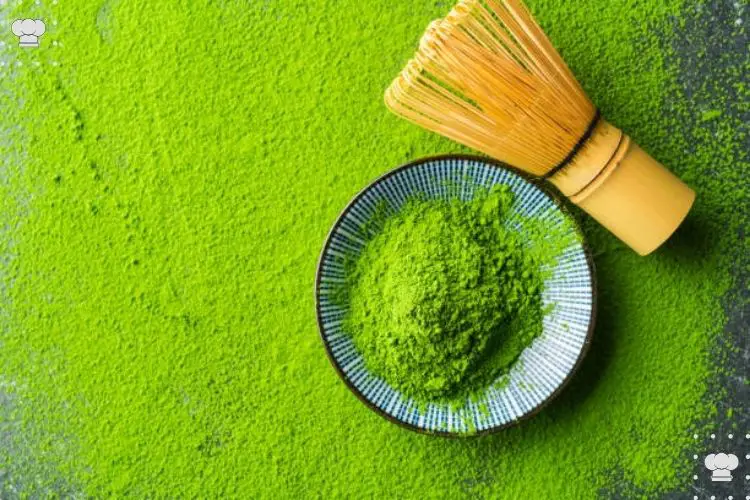
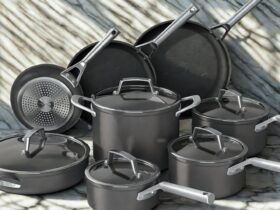

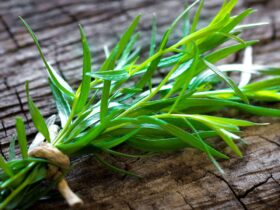
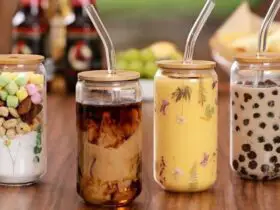

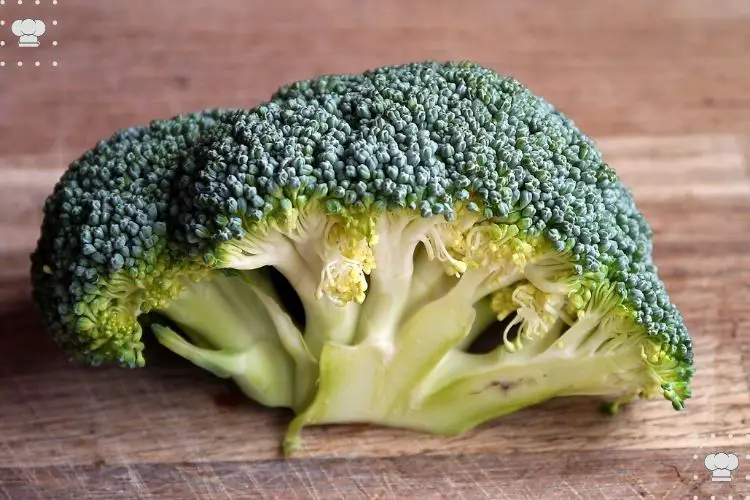
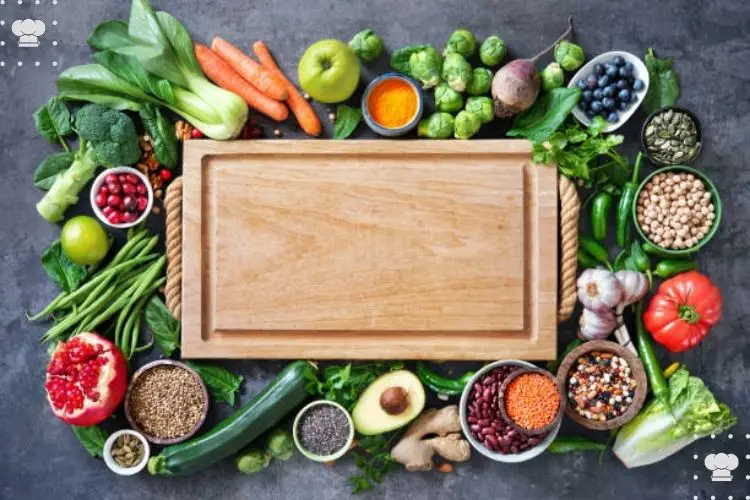
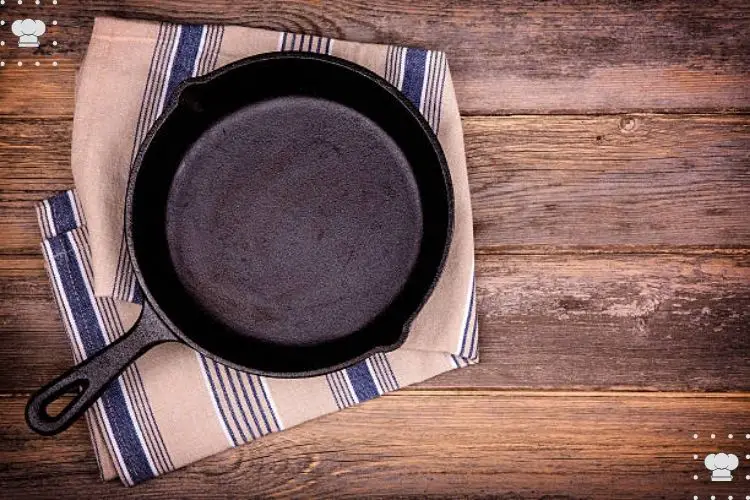
Leave a Reply